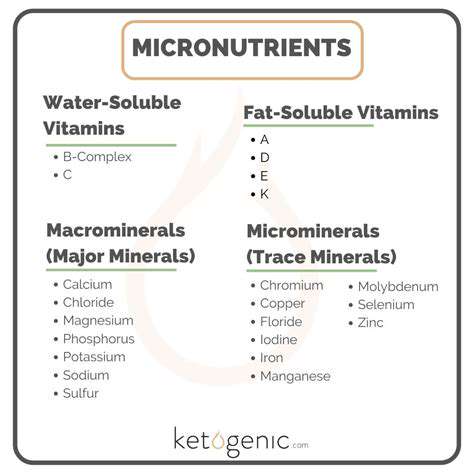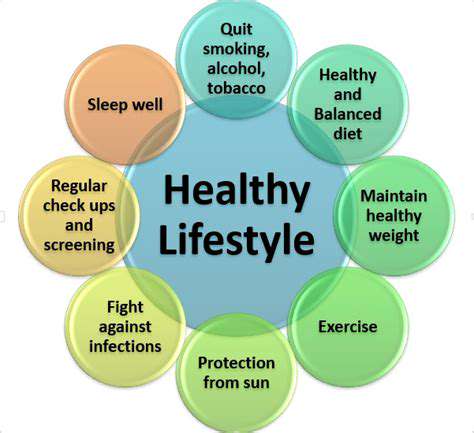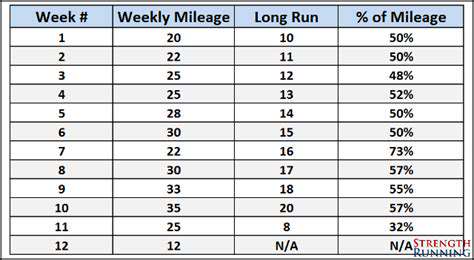Best Nutrition for Teen Athletes [Fueling Growth & Performance]
Often misunderstood in popular diet culture, carbohydrates serve as the preferred energy source for both muscles and the brain. The digestive system breaks down complex carbohydrates into glucose molecules that power cellular respiration. Whole food sources like sweet potatoes, quinoa, and berries provide not just energy but also fiber that regulates digestion and feeds beneficial gut bacteria.
The glycemic index revolution changed how we understand carbohydrate metabolism. Slow-digesting carbs from vegetables and whole grains prevent the energy crashes associated with refined sugars. For athletes, strategic carb timing around workouts can enhance performance and recovery. Even ketogenic diets, which severely restrict carbs, acknowledge their importance by allowing small amounts of fibrous vegetables.
Proteins: The Building Blocks of the Body
Protein molecules are the construction workers of human biology, constantly repairing and rebuilding tissues. Each protein consists of amino acid chains that fold into specific shapes to perform specialized functions. Complete proteins from animal sources contain all essential amino acids, while plant proteins can be combined to achieve similar nutritional profiles.
New research shows protein's role extends far beyond muscle building. These molecules act as antibodies in immune defense, transport oxygen as hemoglobin, and facilitate chemical reactions as enzymes. The concept of protein quality has evolved to consider not just amino acid composition but also digestibility and bioavailability. For aging populations, adequate protein intake becomes increasingly crucial to combat sarcopenia.
Fats: Essential for Hormone Production and Cell Function
The lipid family includes diverse molecules with equally diverse functions. Omega-3 fatty acids from fish and flaxseeds reduce inflammation, while monounsaturated fats from olive oil support cardiovascular health. Even saturated fats, when consumed in moderation from quality sources like coconut or grass-fed beef, play important roles in hormone synthesis.
Cell membranes consist primarily of phospholipid bilayers - literally fat walls that protect cellular integrity. The brain itself is nearly 60% fat, explaining why essential fatty acids impact cognitive function. Modern nutritional guidelines emphasize fat quality over quantity, distinguishing between processed trans fats and beneficial unsaturated varieties.
Balancing Macronutrients for Optimal Health
Macronutrient balance isn't about rigid ratios but rather understanding individual needs. A construction worker's requirements differ from an office worker's, just as a teenager's needs vary from a senior's. The concept of metabolic flexibility - the body's ability to efficiently switch between fuel sources - has emerged as a key marker of health.
Emerging research suggests that timing matters as much as quantity. Protein distribution throughout the day appears more effective than loading it at one meal. Combining carbs with fats can slow digestion and prevent blood sugar spikes. Even intermittent fasting protocols emphasize the importance of balanced macronutrients during eating windows.
The Importance of Micronutrients
While macronutrients provide the bulk of our calories, micronutrients act as the spark plugs that make the engine run. B vitamins convert food into energy, vitamin C supports collagen formation, and minerals like magnesium participate in hundreds of enzymatic reactions. Phytonutrients from colorful plants offer additional protective benefits beyond basic vitamin and mineral content.
Modern soil depletion and food processing have made mindful micronutrient consumption more important than ever. The synergy between macronutrients and micronutrients creates a nutritional ecosystem where each component enhances the others' absorption and utilization. This explains why whole foods consistently outperform processed alternatives in nutritional studies.
Beyond the Basics: Micronutrients and Supplements

Essential Micronutrients for Optimal Health
Micronutrients function as the body's maintenance crew and security team, performing countless specialized tasks that keep systems running smoothly. These vitamins and minerals work in concert with macronutrients - for instance, B vitamins help convert carbohydrates into energy, while vitamin D enhances calcium absorption for bone health. The complexity of these interactions explains why isolated nutrients often fail to replicate the benefits of whole foods.
Nutritional genomics has revealed how individual genetic variations affect micronutrient needs. Some people require more folate or vitamin D based on their DNA. This personalized approach to nutrition represents the future of dietary science, moving beyond one-size-fits-all recommendations.
Understanding the Role of Vitamins
The vitamin alphabet (A through K) represents a diverse group of organic compounds with specialized functions. Vitamin A's role in vision stems from its conversion to retinal, a light-sensitive pigment in the eye. The B vitamin complex acts as coenzymes in energy metabolism, while vitamin E serves as a powerful antioxidant protecting cell membranes.
Modern research continues to uncover new vitamin functions beyond their classic roles. Vitamin D, once considered just for bone health, now shows immune-modulating properties. Vitamin K2, distinct from K1, appears crucial for directing calcium to bones rather than arteries. These discoveries continually reshape our understanding of nutritional requirements.
Exploring the Impact of Minerals
Minerals represent the inorganic counterparts to organic vitamins, equally vital but often overlooked. Trace minerals like zinc and selenium function as enzyme cofactors in hundreds of biochemical pathways. Electrolytes - sodium, potassium, and chloride - maintain fluid balance and electrical gradients across cell membranes.
The mineral content of foods reflects the soil they grew in, creating geographic variations in nutritional value. This explains why some regions show higher rates of certain deficiencies. Modern agricultural practices that prioritize yield over nutrition have exacerbated this issue, making diversified diets more important than ever.
Recognizing Micronutrient Deficiencies
Subtle deficiency symptoms often precede clinical manifestations by months or years. Brittle nails might indicate biotin insufficiency, while frequent infections could suggest zinc deficiency. The challenge lies in distinguishing nutritional causes from other potential factors, requiring careful clinical assessment.
Functional testing has advanced beyond simple blood levels to assess cellular micronutrient status. New technologies can evaluate how nutrients are actually being utilized at the tissue level. This represents a paradigm shift from simply measuring what's circulating in the bloodstream to understanding what's functionally available to cells.
The Importance of a Balanced Diet
Nutritional balance extends beyond macronutrient ratios to include micronutrient density. The concept of food synergy suggests that nutrients work better in combination than isolation - vitamin C enhances iron absorption, while fat-soluble vitamins require dietary fats for proper assimilation. This explains why single-nutrient fortification often fails to match whole food benefits.
Seasonal eating patterns naturally provide nutrient variety throughout the year. Summer fruits offer hydrating electrolytes, while winter root vegetables provide dense carbohydrates and minerals. Traditional diets worldwide evolved to maximize available nutrition, offering valuable lessons for modern eaters.
Supplementing Micronutrients: When and How
Supplementation should follow the medical principle of first, do no harm. Targeted interventions work best when addressing specific deficiencies or increased needs, such as folate during pregnancy or vitamin D in northern latitudes. The form of supplementation matters greatly - for instance, methylated B vitamins for those with MTHFR gene variants.
Emerging research on nutrient timing suggests supplements work best when aligned with circadian rhythms. Magnesium at night supports relaxation, while B vitamins in the morning enhance daytime energy metabolism. This chrononutrition approach represents the cutting edge of supplementation science.











![How to Read Nutrition Labels Correctly [Expert Tips]](/static/images/26/2025-06/MakingInformedChoices3ATakingControlofYourDiet.jpg)